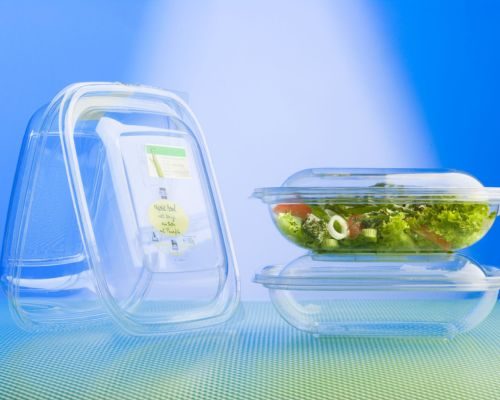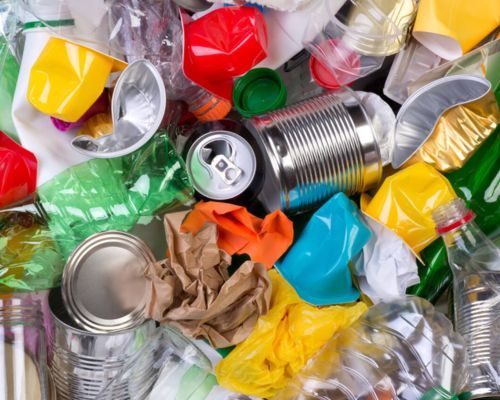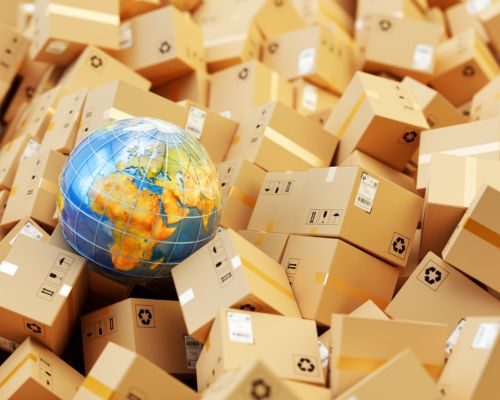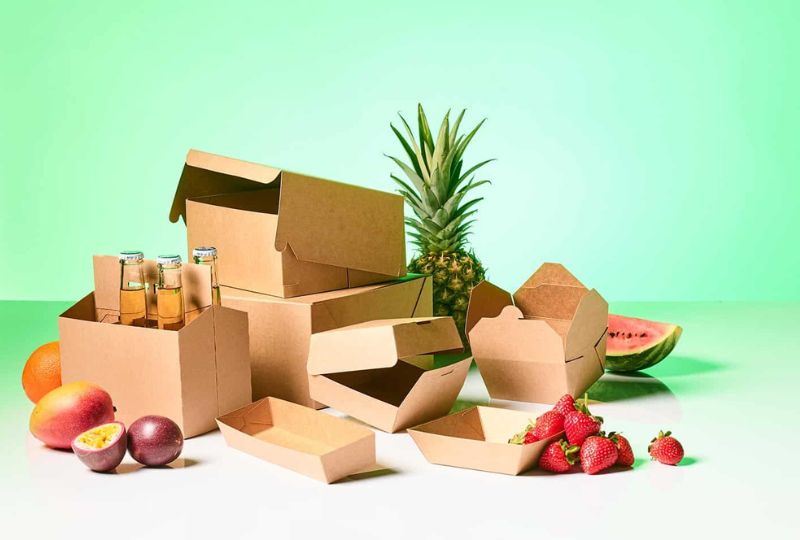Food packaging is important, and it cannot be understated in the modern world where environmental consciousness and sustainability are key concerns. While packaging plays a key role in securing food during its journey from production to consumption, it also helps significantly to environmental concerns such as pollution, resource depletion, and waste generation. In this article, we analyze the environmental impact of food packaging, exploring its implications and providing potential solutions for a more sustainable future.
Table of Contents
ToggleUnderstanding Food Packaging

Food packaging serves multiple functions beyond merely containing and preserving food. It also communicates product information to consumers, facilitates handling and transportation, and ensures food safety by guarding against contamination. However, most conventional packaging materials, such as plastics, metals, and glass, possess notable environmental drawbacks.
The Problem with Plastic Packaging

Plastic packaging, widely used in the food industry due to its versatility and affordability, presents one of the most significant environmental issues. The production of plastic entails the extraction of non-renewable resources like petroleum and natural gas, leading to resource depletion and greenhouse gas emissions.
Furthermore, plastic packaging is notorious for its persistence in the environment. Many types of plastic do not biodegrade and instead disintegrate into smaller particles over time, contaminating soil and waterways and posing severe threats to wildlife and ecosystems.
Impact on Resource Depletion

The manufacturing of food packaging consumes substantial amounts of resources, including energy, water, and raw materials. For example, the production of aluminum cans necessitates significant energy inputs, contributing to carbon emissions and worsening climate change. Similarly, paper-based packaging production contributes to deforestation and habitat destruction, further depleting natural resources. You can also see 15+ Helpful New Mom Care Package Ideas
Waste Generation and Pollution

One of the most pressing issues associated with food packaging is waste generation. Single-use packaging, prevalent in the food industry, adds to the growing problem of plastic pollution. Discarded packaging often ends up in landfills or oceans, where it can persist for centuries, harming marine life and ecosystems.
Moreover, the disposal of packaging through incineration releases harmful pollutants and greenhouse gases into the atmosphere, worsening air pollution and contributing to climate change.
You may Also Like To Read: What is Lego Frustration-Free Packaging
Top 5 Sustainable Packaging Solutions

Addressing the environmental impact of food packaging requires a multifaceted approach encompassing material innovation, waste reduction strategies, and consumer education.
Here are 5 potential solutions to promote sustainability in food packaging:
- Biodegradable and Compostable Materials
- Recycling and Circular Economy
- Reducing Packaging Waste
- Innovative Packaging Designs
- Consumer Education and Behavior Change
1. Biodegradable and Compostable Materials:
Investing in the development and adoption of biodegradable packaging materials derived from renewable sources can help mitigate the environmental impact of packaging. Materials such as compostable plastics, paper-based films, and biodegradable polymers offer viable alternatives to conventional plastics.
2. Recycling and Circular Economy:
Encouraging recycling and promoting a circular economy model can help minimize waste and conserve resources. Designing packaging with recyclability in mind and implementing efficient recycling programs can significantly reduce the environmental footprint of packaging materials.
3. Reducing Packaging Waste:
Minimizing excessive packaging and advocating for simple designs can help decrease waste generation along the supply chain. Additionally, adopting reusable packaging solutions and encouraging consumers to choose products with minimal packaging can further reduce environmental impact.
4. Innovative Packaging Designs:
Embracing innovative packaging designs, such as edible packaging, water-soluble films, and reusable containers, can offer sustainable alternatives to traditional packaging formats.
5. Consumer Education and Behavior Change:
Educating consumers about the environmental impact of food packaging and empowering them to make informed choices can drive demand for sustainable packaging options. Labeling schemes that indicate the environmental footprint of products can help consumers make environmentally conscious decisions.
Conclusion:
The environmental impact of food packaging is a multifaceted issue that necessitates collaborative efforts from all stakeholders, including producers, consumers, policymakers, and innovators. By embracing sustainable packaging solutions, reducing waste generation, and promoting circular economy principles, we can mitigate the environmental consequences of food packaging and transition towards a more sustainable future for generations to come.
Read Our Latest Guide:
FAQs:
Food packaging contributes to pollution, resource depletion, and waste generation, harming ecosystems and wildlife.
Environmental issues of packaging include pollution from discarded packaging, resource depletion during production, and waste accumulation in landfills and oceans.
Environmental impact in food refers to the negative effects food production, packaging, and distribution have on the environment, including greenhouse gas emissions, habitat destruction, and pollution.
Environmental hazards of packaging include pollution from non-biodegradable materials, resource depletion from production, and the release of harmful chemicals during disposal.
We can reduce the environmental impact of food packaging by using biodegradable materials, promoting recycling, minimizing excessive packaging, embracing innovative designs, and educating consumers about sustainable choices.

Meet Mary K, the talented author behind PackPaa. With a passion for innovative packaging solutions, Mary shares insights and expertise to elevate your business.





